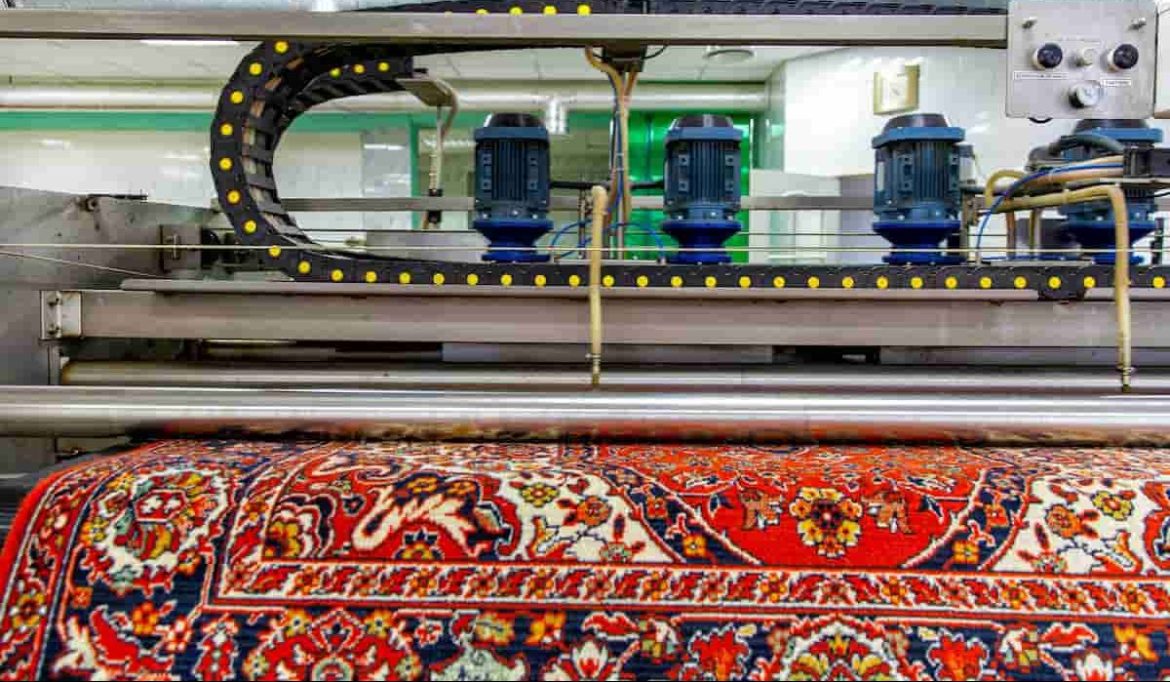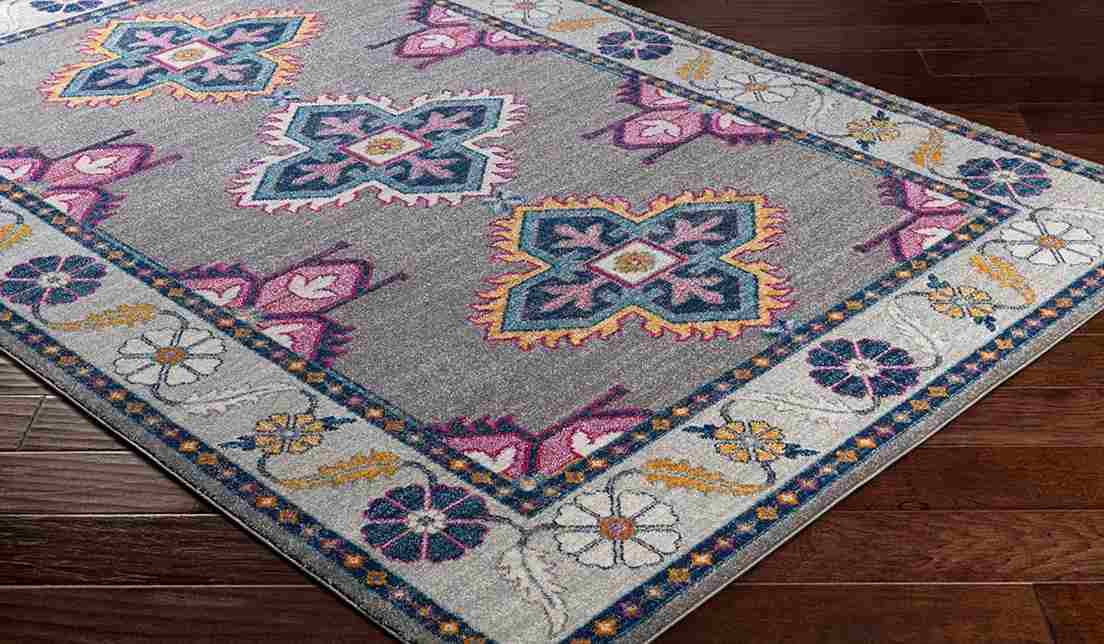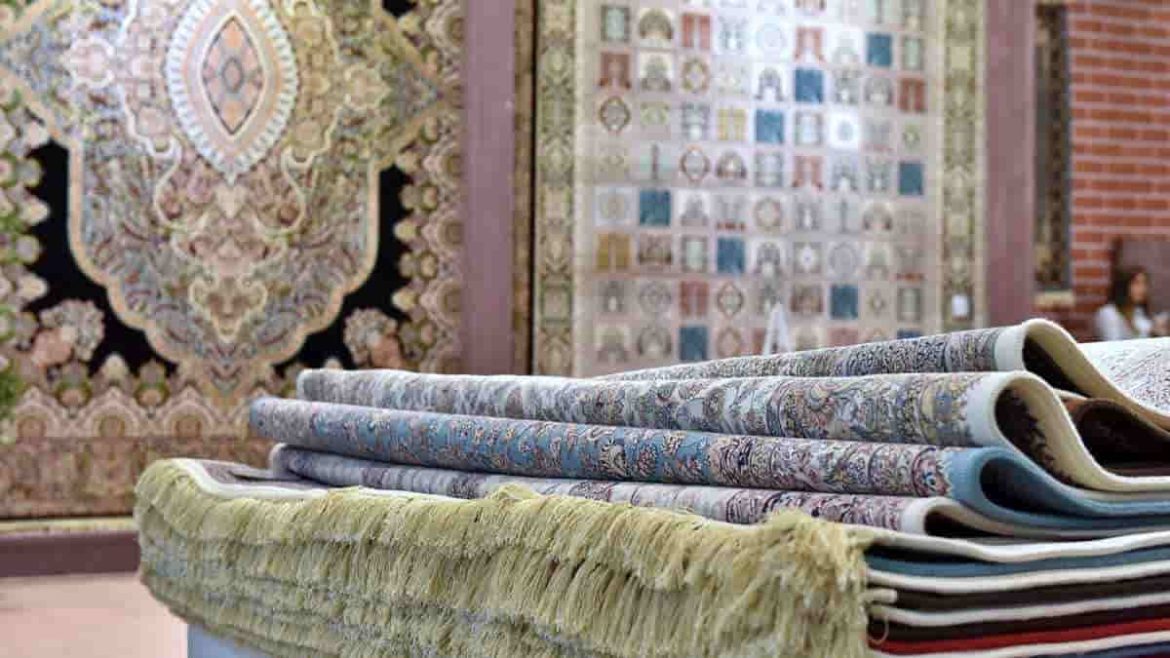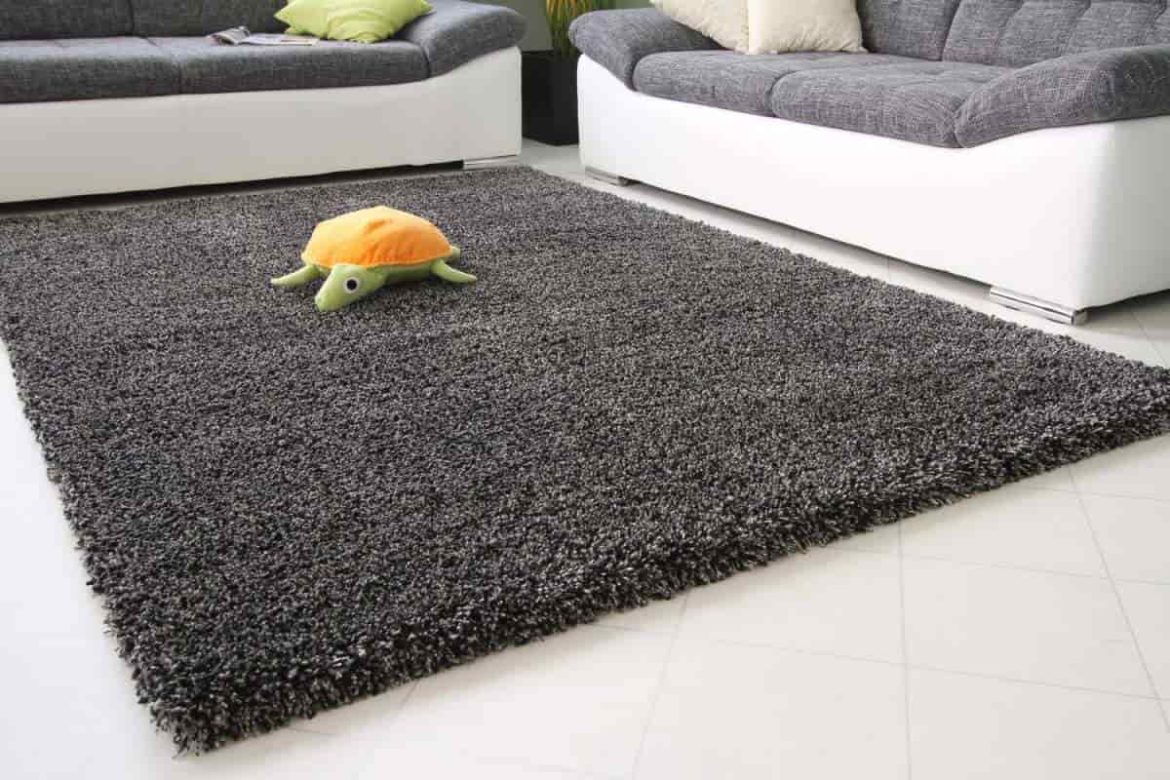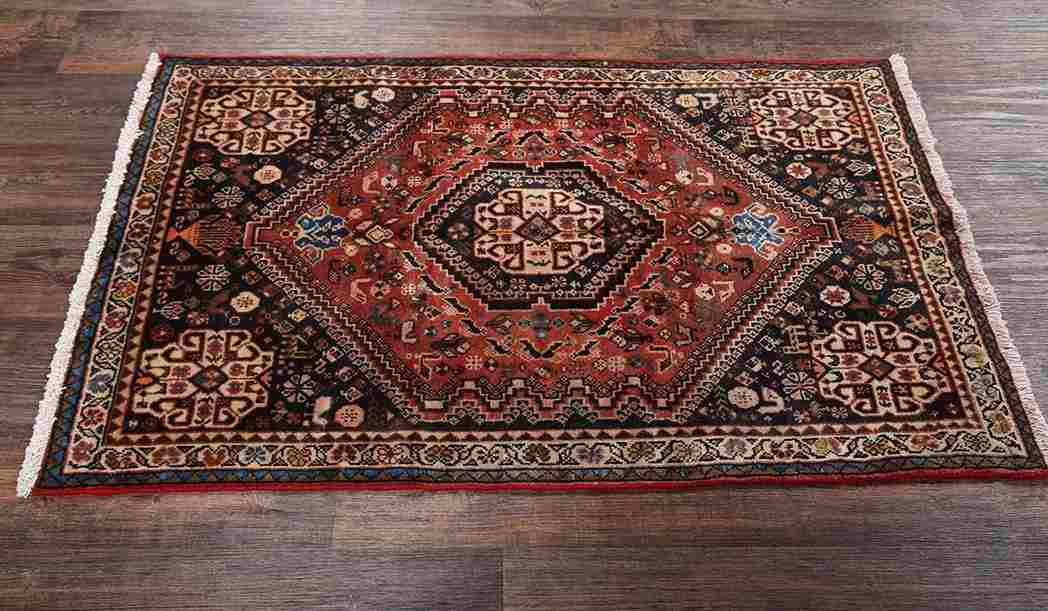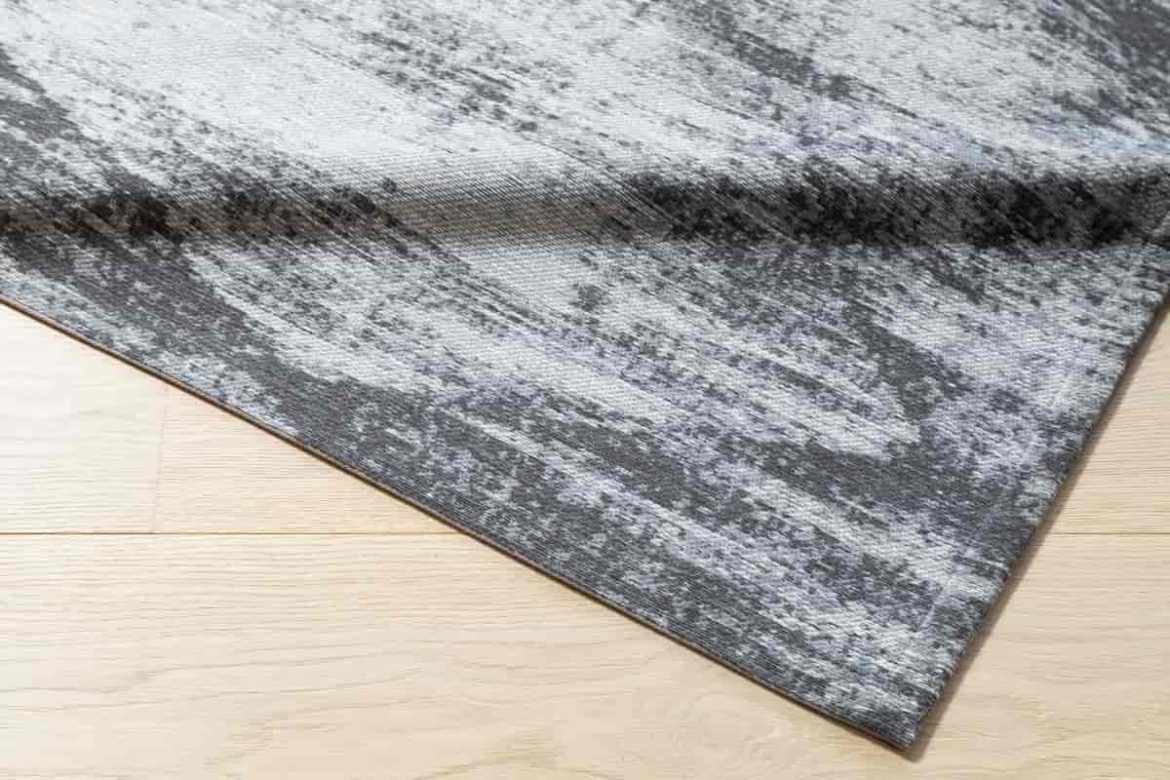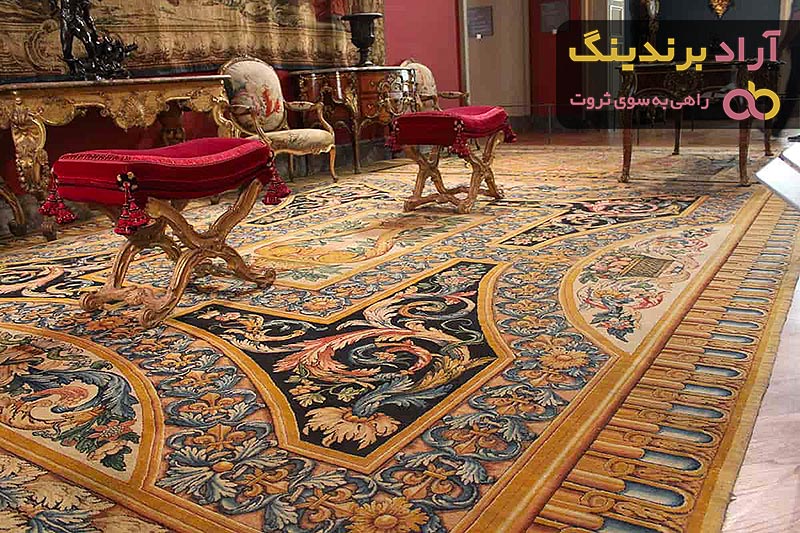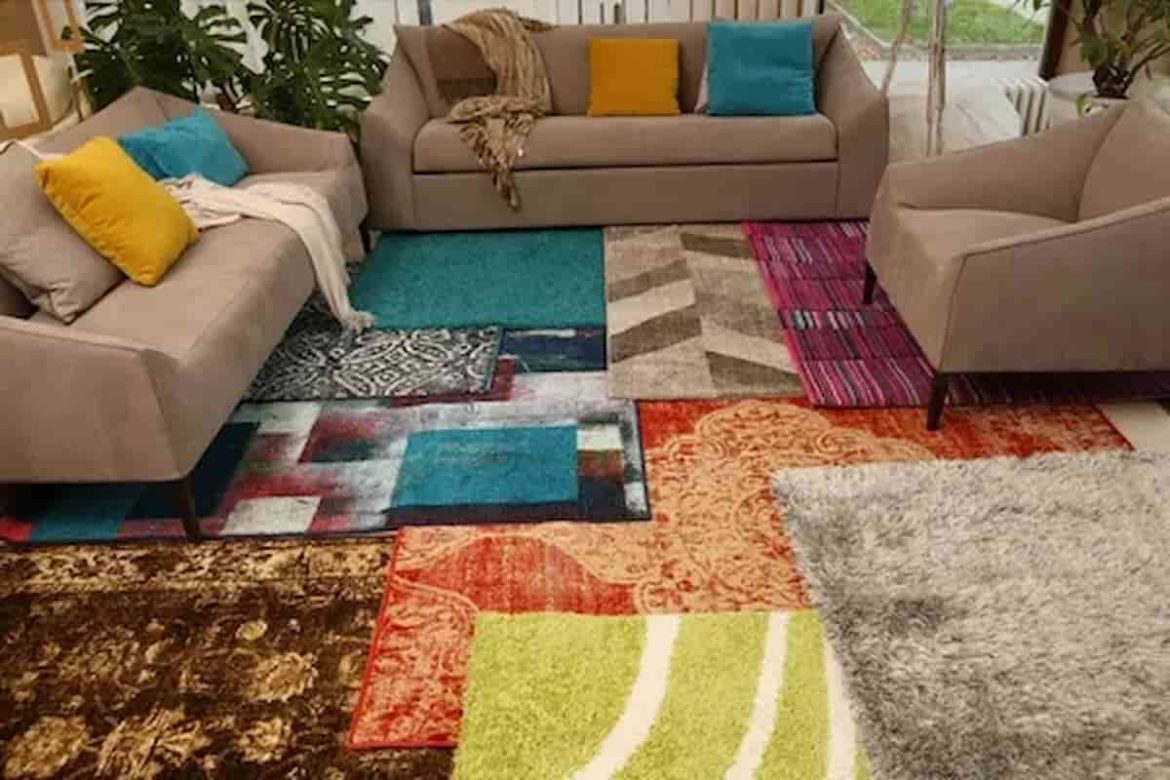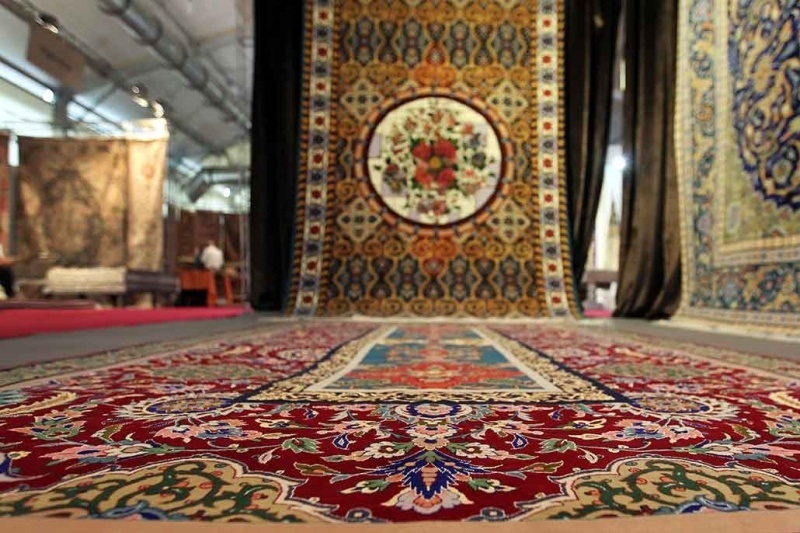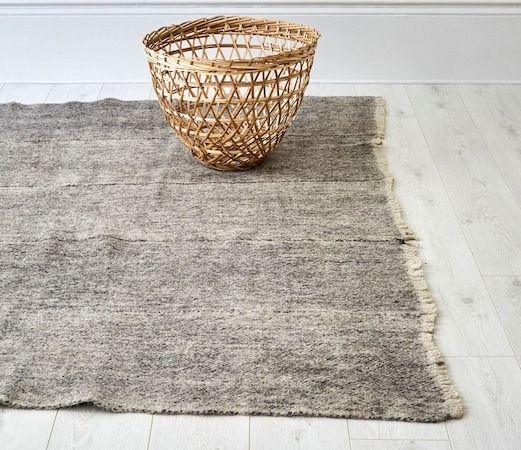Buy The Latest Types of Lahor Carpets At a Reasonable Price
Pakistan has recently made great gains toward boosting the output of machine-made carpets, despite the fact that the country is not particularly well-known for its carpet industry
Lahore is one of the most prominent states in Pakistan that manufactures hand-woven carpets
This country has a strong position in the production of hand-woven carpets
The following is a basic overview of the machine-made carpet production in the state:
A carpet machine in the Pakistani city of Lahore
Lahore, Pakistan is home to a machine-made carpet industry that generates an annual revenue of 50 million dollars
In point of fact, the city’s carpet producers have been able to double their daily production capacity from 1000 square meters to 2500 square meters because to improvements in their manufacturing processes
About a ten percent annual growth can be attributed to the level of interest in these carpets
The majority of the carpets that are woven in Lahore, Pakistan are destined for markets in Europe and the United States of America
While the price of a machine-made carpet might range anywhere from Rs
2,000 to Rs
5,000, the price of a handmade carpet typically falls somewhere between 100 million tomans
500 and Rs
1000
The earnings and profits made by machine carpet makers in Lahore, Pakistan
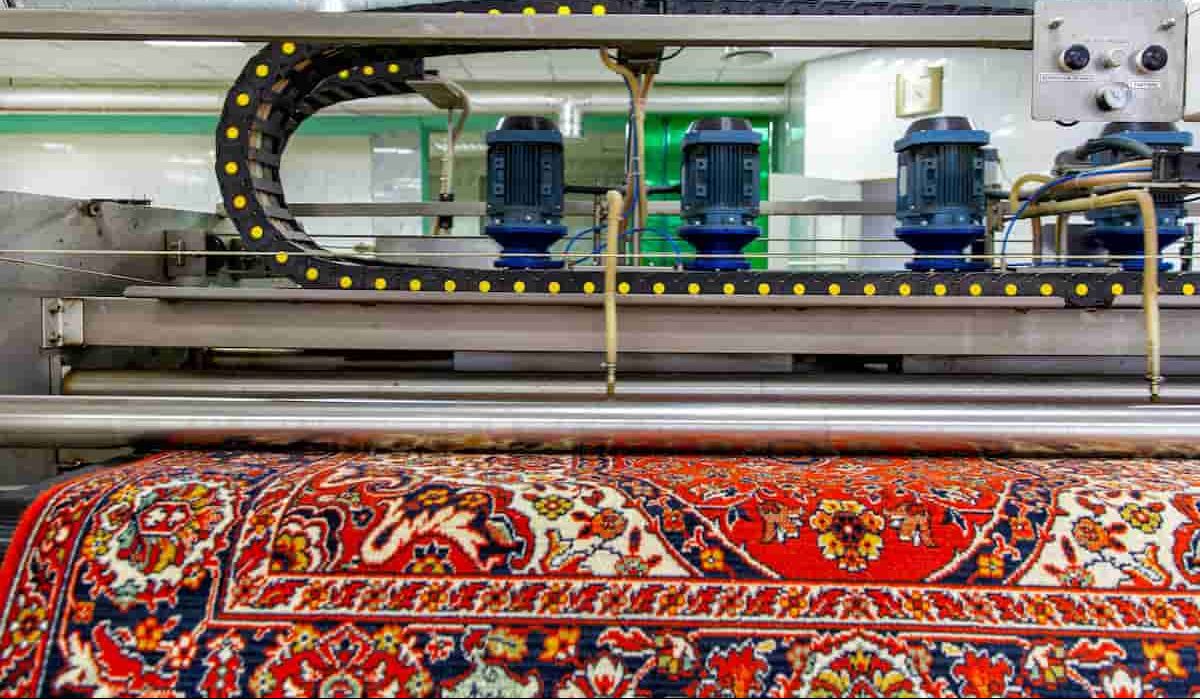
According to the data we have on their income and revenue, the three most successful companies in the carpet industry each generate an annual income of over 100 million Rials
100 million for each of them
These businesses are responsible for the employment of more than 20,000 people and bring in annual revenue of Rs
0
5 billion
The most profitable company in this sector brings in approximately 100 million tomans annually
The first company earns Rs
50 million per month, the second company earns Rs
30 million per month, and the third company has an income of 200 million tomans
200 million tomans are brought in each month by the fourth largest company, which brings in 25 million
The fifth largest company in terms of revenue makes 100 million tomans per month, which comes to 15 million
100 million tomans each month, making it the sixth largest corporation in terms of monthly earnings
200 million tomans are brought in each month by the seventh largest company, which brings in 8 million
The eighth largest corporation in terms of monthly revenue gets 100 million tomans
This amounts to 6
200 million tomans are brought in each month by the ninth largest company, which brings in 4 million
The tenth largest company brings in 100 million tomans each month, which is equivalent to $2 million
The eleventh greatest corporation in terms of revenue makes 1 million tomans every single month
700,000 in the twelfth month, the large corporation makes 100 million tomans in profit
600,000 each and every month
The need for machine carpet in the Pakistani city of Lahore
In Lahore, Pakistan, the demand for carpets created by machine is growing at a rate that is larger than the rate of growth in the city’s overall population
The population of the country grew by 2
8 percent in 2010, but the demand for carpets created by machine surged by 11 percent, as reported by the World Bank
According to projections made by the government, there will be 35 million houses in the city of Lahore, Pakistan by the year 2020
When that time comes, the whole demand for carpet created by machines will have surpassed 13 million square meters
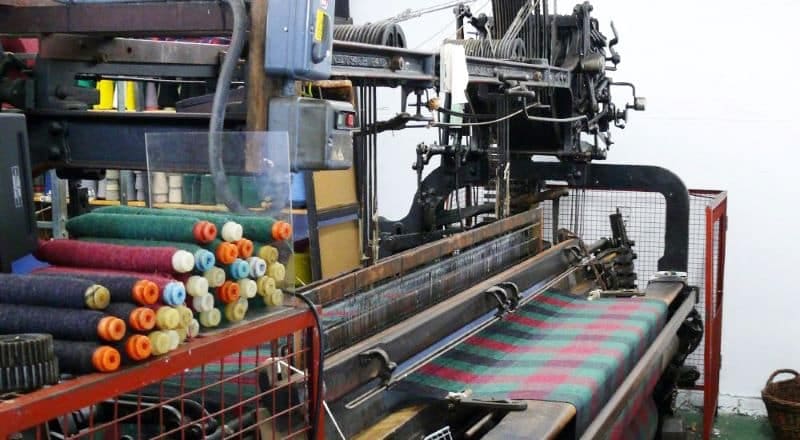
Machine made carpets in Pakistan
In this part, we will examine the status of the Pakistani carpet industry, especially machine-made carpets in Pakistan:
Carpets in Pakistan
Pakistan is a nation found in South Asia
This country’s western border is Afghanistan, its eastern border is India, its northern border is Iran, and its southern border is China
Pakistan’s entire land area is roughly 1,648,000 square kilometers (650,000 sq mi)
Pakistan’s population in 2015 is expected to be 207 million people
Pakistan’s carpet production dates back to the Indus Valley Civilization
Carpet weaving was introduced to Pakistan by Iranian merchants around the year 1000 AD
The following materials were woven into carpets: wool, cotton, silk, and jute
Early in the twentieth century, carpet manufacture was at its peak
However, with Pakistan’s independence in 1947, the carpet business plummeted
The carpet industry has enjoyed a comeback in recent years
There are numerous contributors to this growth
First, the Pakistani government has taken steps to enhance the quality of carpets
The cost of raw materials has also grown
Thirdly, the increase in consumer income has raised the demand for carpets
carpet characteristics in Pakistan
Pakistan is home to various varieties of rugs
There are hand-woven, machine-made, and printed carpets among them
Handwoven carpet is the most desirable sort of carpet
Typically, natural fibers such as wool, cotton, silk, and jute are used
Using synthetic fibers, machine-made carpet is created
Utilizing both natural and synthetic fibers, printed carpets are created
There are three major types of hand-woven carpets in Pakistan: Kashmiri, Afghan, and Pakistani
Kashmiri carpets are woven in the Kashmir area of Pakistan’s north
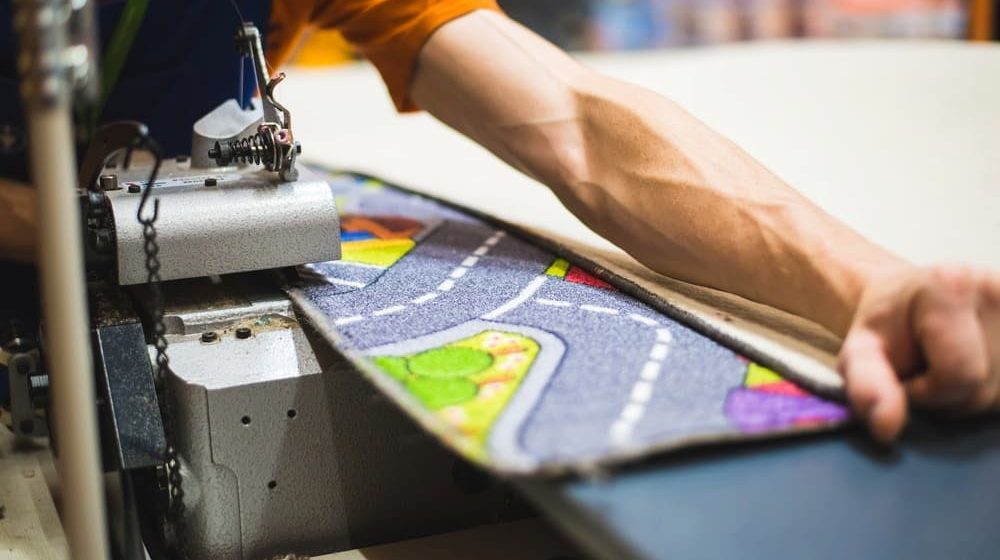
They are distinguished by their elaborate decorations and patterns
Afghan rugs are manufactured in Afghanistan
They are renowned for their vibrant hues and geometric designs
Pakistani carpets are made in Pakistan
They are characterised by their straightforward patterns and uniform hues
Profits and earnings from carpets in Pakistan
According to data obtained by the Pakistan Bureau of Statistics, the carpet business in Pakistan generated $890 million in yearly revenue in 2014
This is a considerable rise compared to 2000’s $200 million
The average income of carpet industry workers was $1100 per year
2014
The carpet industry creates revenue for the Pakistani government
According to the Pakistan Bureau of Statistics (PBS), the carpet sector generated $50 million in value-added tax (VAT) in 2013
This represents around 4 percent of the total value added tax paid by PBS
Carpets from other nations
Carpets are manufactured in numerous nations
These nations include Turkey, Egypt, Syria, Iraq, Jordan, Saudi Arabia, Yemen, Oman, Kuwait, Bahrain, the United Arab Emirates, Qatar, Lebanon, Israel, Palestine, and India
The Turkish carpet industry is the largest in the world
Approximately 70% of Turkish rugs are exported
These carpets are predominantly machine-made
Turkey makes both traditional and contemporary rugs
Traditional Turkish carpets are woven from wool, cotton, and silk, among other natural fibers
Modern Turkish carpets are made with man-made fibers
Egypt is the second largest carpet producer in Africa
The company’s primary export markets are Europe and North America
Egypt makes both classic and contemporary carpets
Egyptian carpets are constructed from wool, cotton, and nylon
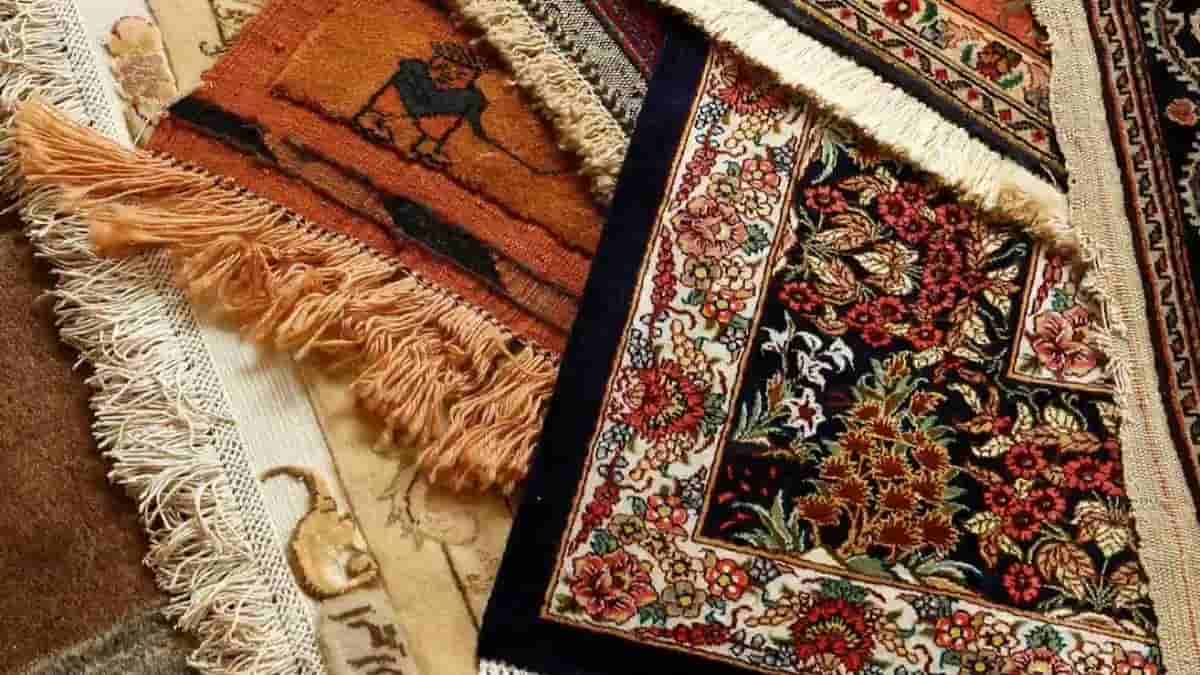
Carpets in Pakistan
When Pakistan gained its independence from India, the majority of the weavers who worked weaving carpets in India immigrated to Pakistan
These weavers were also Muslims
The carpet industry in Pakistan began in the same manner as it did in India
A good number of them were able to find work in the cities of Lahore and Karachi at the same time that the government began to import yarn of a higher quality
The use of wool fibers from Australia in the production of carpets in Pakistan today gives the finished products the appearance of being made of silk
Carpets that have a higher knot density than their Iranian counterparts, giving them a higher level of durability and making them more affordable overall
Moorish carpets and Persian carpets are both types of Pakistani carpets that are mass-produced nowadays in the cities of Lahore, Karachi, and Rawalpindi
Approximately ninety percent of Moorish carpets contain Bukhara designs, while the remaining ten percent have Turkmen patterns
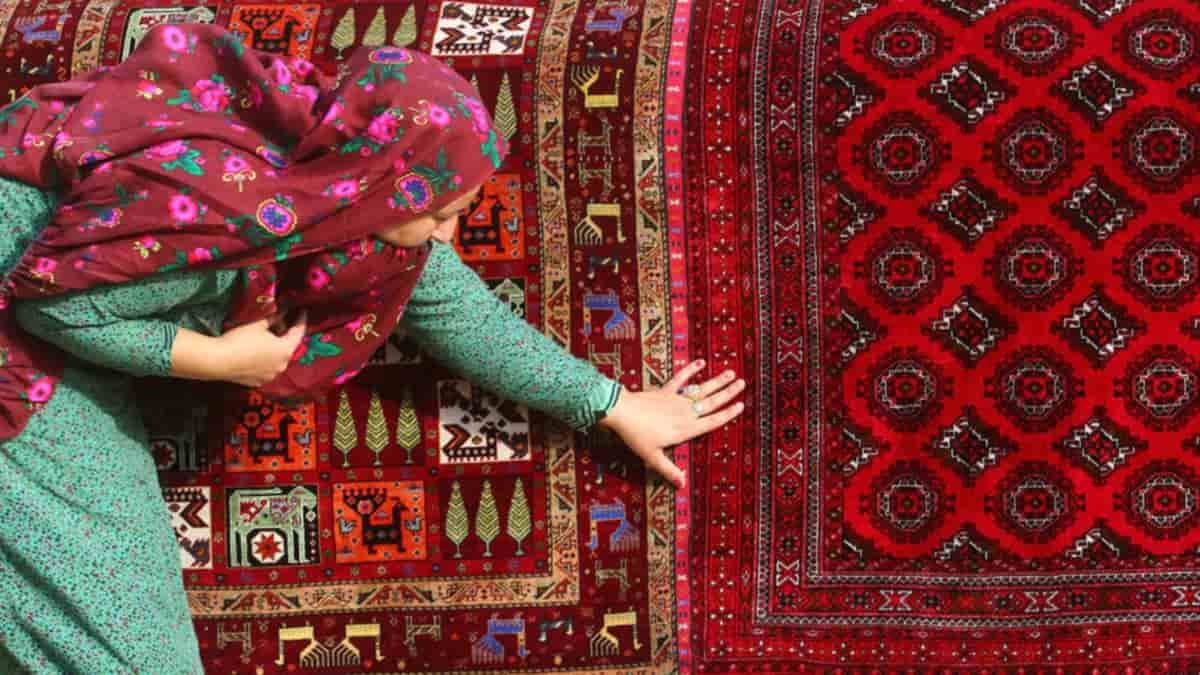
The designs of the older traditional carpets from Iran’s Arak region, which are the inspiration for Pakistan’s Ziegler carpets, may be seen in the designs of Pakistan’s Ziegler carpets
Carpets made in this region are likewise influenced by Kazakh carpets, and they are marketed and sold under the guise of being authentic Kazakh carpets
Cotton is used for both the warp and the weft in the production of these carpets
The wool used in their production is often imported, and the quality of the wool might vary greatly from one product to another
In the weaving of Moorish carpets, just one thread is used per row, however, in the weaving of other carpets, two threads are used per row
The color red predominates throughout these carpets, but there are also a variety of other colors present
The majority of these carpets have a distinct sheen to them
There are a variety of names under which Pakistani carpets can be purchased, including Bahawalpur, Hyderabad, Karachi, Multan, Peshawar, and Quetta, to name just a few
